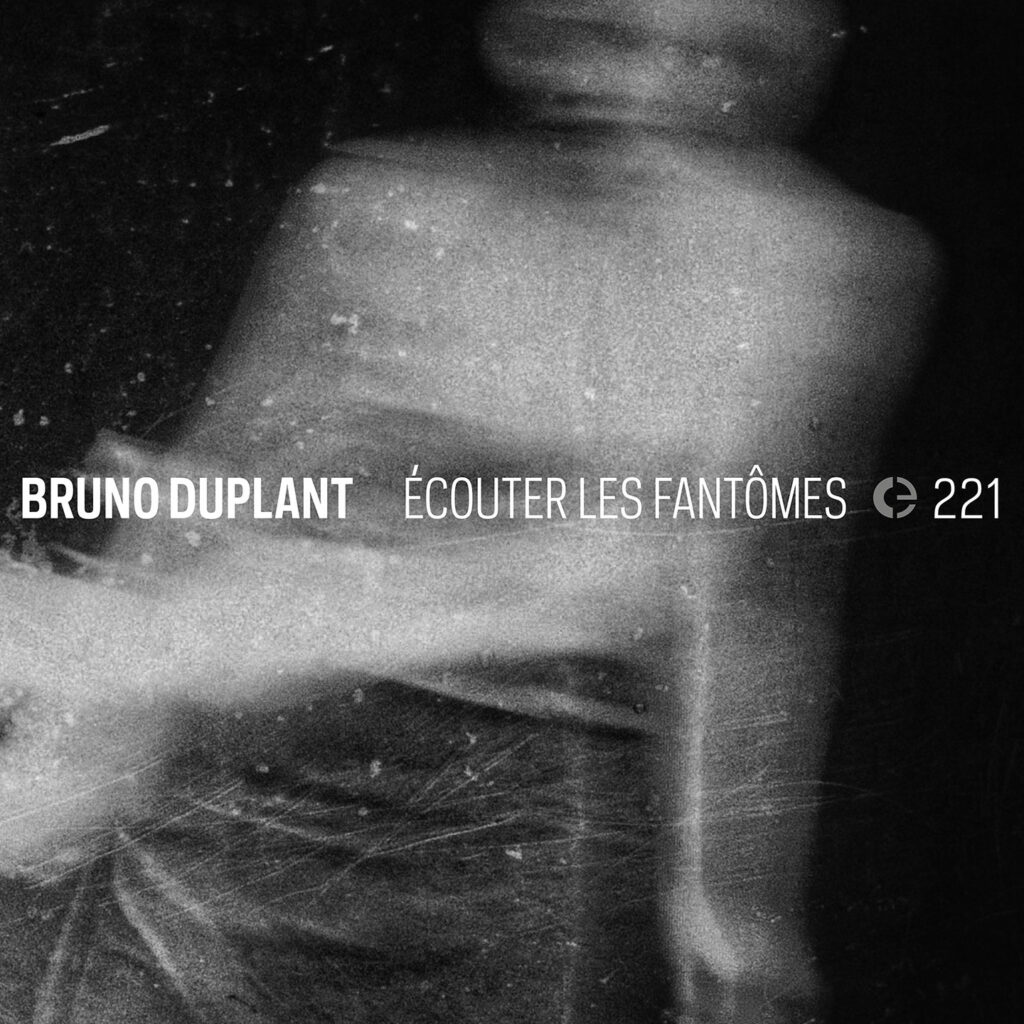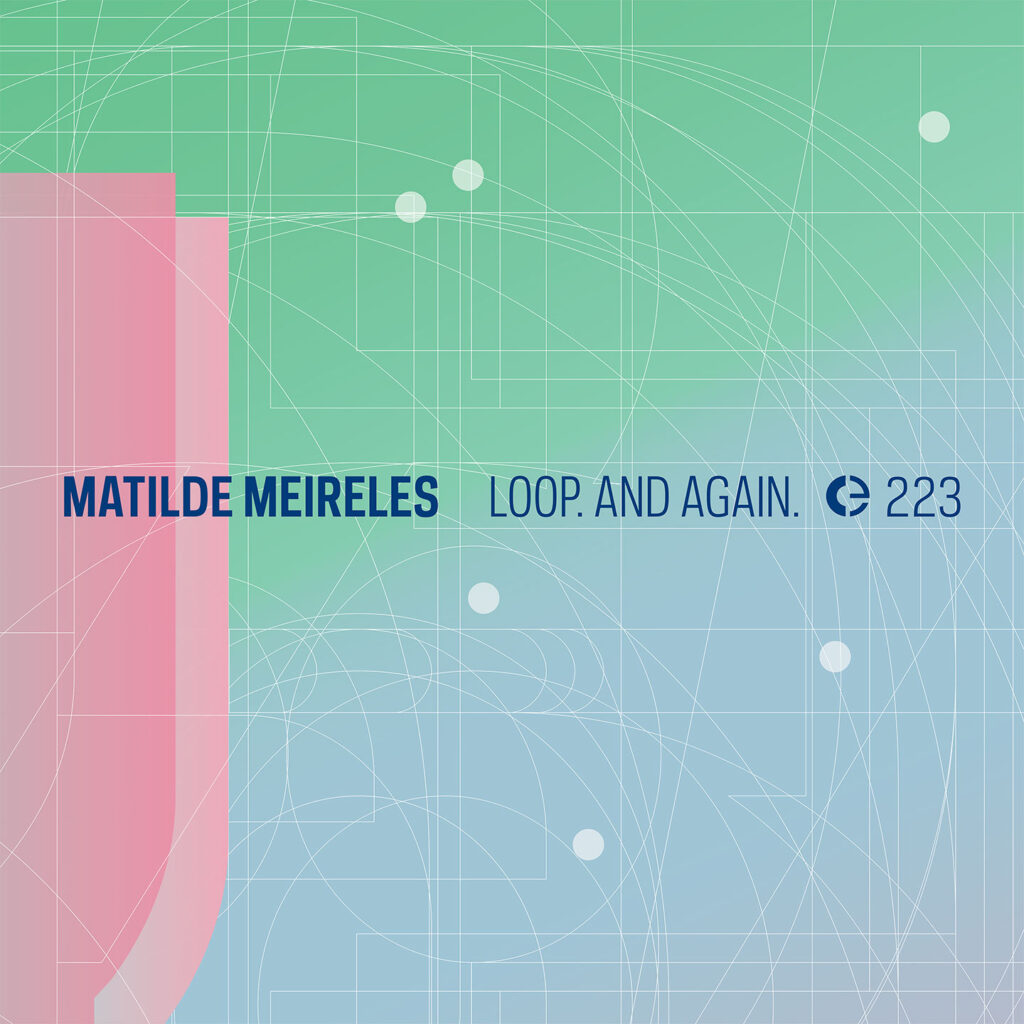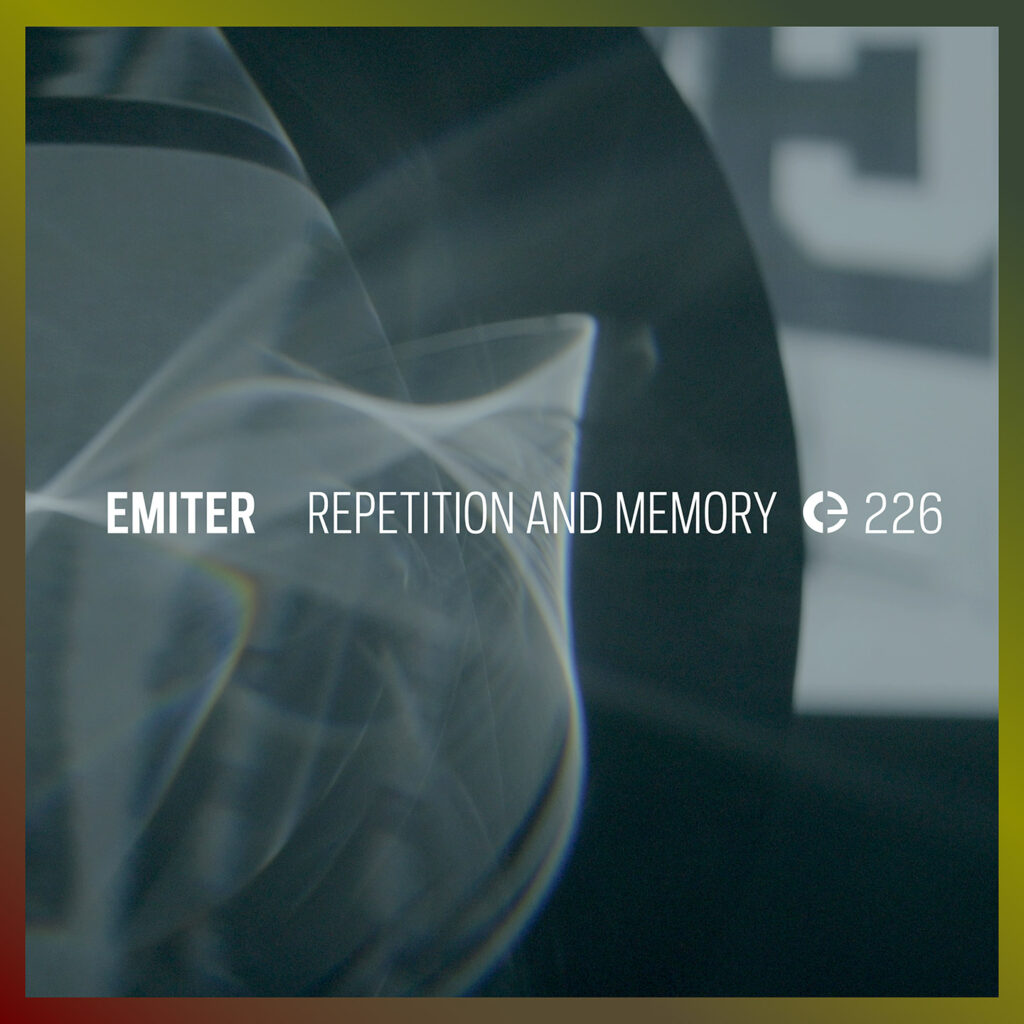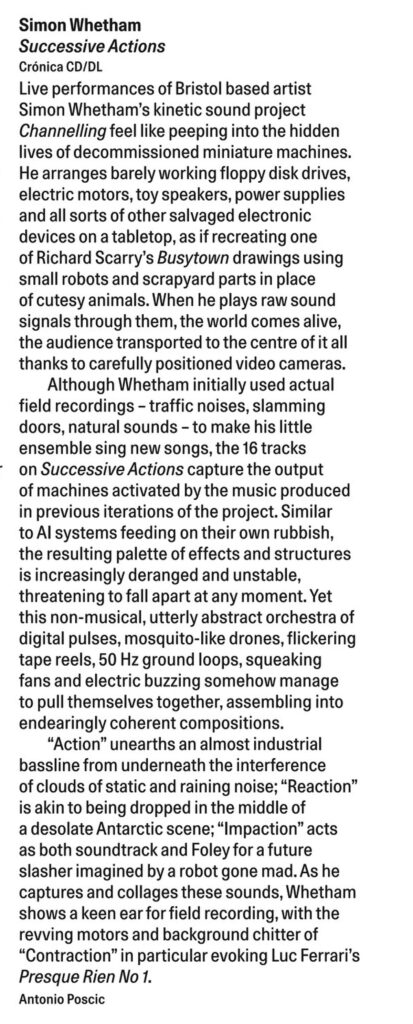
Credete ai fantasmi? Se sì, questo disco può spaventarvi. Altrimenti, può affascinarvi. L’artista francese Bruno Duplant è un compositore e polistrumentista che si è fatto conoscere nel campo della musique concrète. Tradotto: la musica concreta non utilizza né note né ritmi. Elabora suoni e rumori per restituire una parvenza di realtà oggettiva, per l’appunto concreta.
Fin qui possiamo pensare di creare simulacri di oggetti, tramite l’elettronica. Può sembrare di ascoltare bottiglie, vasi, macchinari industriali eccetera. E se invece decidessimo di far sentire qualcosa di incorporeo, come i fantasmi? Ecco che “Écouter les fantômes”, uscito per l’etichetta portoghese Crónica Releases, fa questo. In due tracce, entrambe di venti minuti, Duplant ci porta tra sinistri suoni umanoidi, voci distorte e deformate, rumori legnosi, note di fisarmonica… Ogni strumento sappia suonare, ogni risorsa sappia utilizzare, Duplant la piega all’obiettivo di dar l’impressione d’esplorare il paranormale.
Segnali di radar, sibili, voci che cantano provenienti da altre epoche su nastri traballanti, graffi e scricchiolii, il fruscio del vento: tutto ci pervade, e ad un certo punto ti dimentichi di chiederti come ha fatto questo suono qui, e come ha ottenuto quel rumore lì. Vorresti razionalizzare per difesa, ma alla fine ti lasci andare al fascino della fantasia del compositore. Del resto, lo dichiara Duplant stesso nel comunicato: la realtà, il realismo non gli interessa, e preferisce creare una fiction sonica.
Grazie a questo espediente narrativo dei fantasmi, possiamo avvicinarci alla musique concrète, da sempre considerata tra le più difficili da ascoltare, per i non iniziati. Non è neppure un discorso di avanguardia: se mettiamo da parte le teorie, basta solo ascoltare, praticando un ascolto attivo. Non importa se credete o non credete agli spettri: tramite questo spunto narrativo, li ascolterete! (Gilberto Ongaro)
via Music Map





